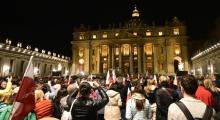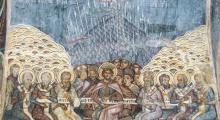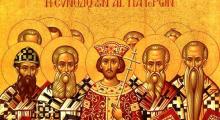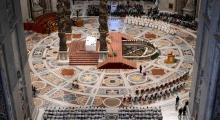Issued by the Catholic Center for Studies and Media - Jordan. Editor-in-chief Fr. Rif'at Bader - موقع أبونا abouna.org
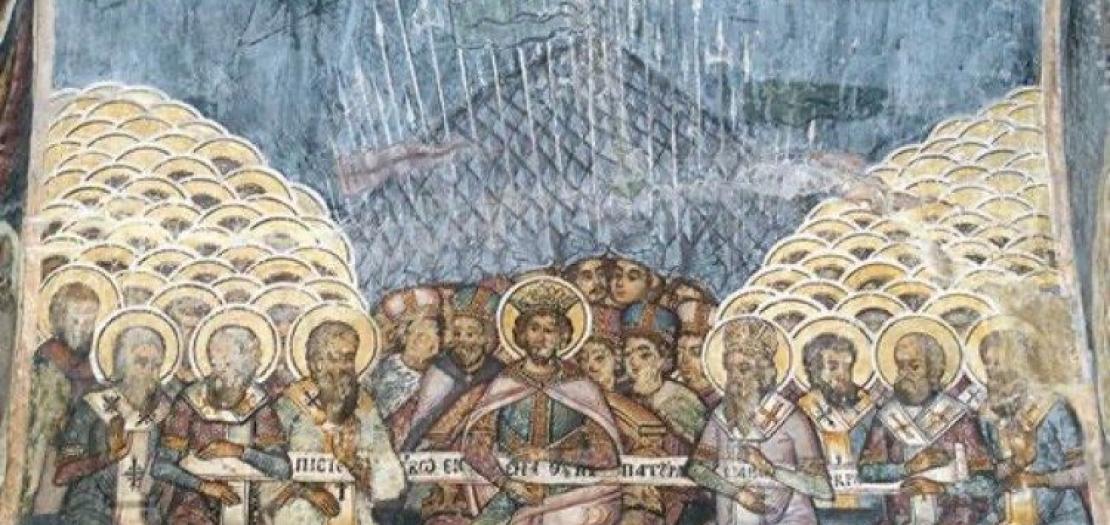
Council of Nicea
Returning, after 1700 years, to Nicea during the 2025 Jubilee means first and foremost rediscovering that we are brothers and sisters with all Christians of the world: the confession of faith that emerged from the first ecumenical council is shared not only by the Eastern Churches, the Orthodox Churches, and the Catholic Church, but is also common to the ecclesial communities that arose from the Reformation. It means coming together, as brothers and sisters, around what is truly essential, because what unites us is stronger than what divides us: “Together, we believe in the triune God, in Christ true man and true God, in salvation in Jesus Christ, according to the Scriptures read in the Church and under the motion of the Holy Spirit. Together, we believe in the Church, baptism, the resurrection of the dead and eternal life.” This is a focal point of the document “Jesus Christ, Son of God, Saviour,” published by the International Theological Commission to commemorate Nicea.
Among other objectives, the first ecumenical council aimed at determining a common date for the celebration of Easter, a controversial issue already in the Church of the first centuries: some celebrated it in conjunction with the Jewish Pesach (Passover) on the 14th of the month of Nisan, others celebrated it on the Sunday following the Jewish Pesach. Nicea was instrumental in finding a common date by setting the Sunday following the first full moon of spring as the date for the Easter celebration.
The situation changed in the 16th century with Gregory XIII’s reform of the calendar: the Churches in the West now calculate the date according to this calendar, while those in the East continue to follow the Julian calendar used throughout the Church before the Gregorian reform. But it is significant and prophetic that precisely during this anniversary year for Nicea, all Christian Churches will celebrate Easter on the same day, Sunday, April 20. It is a sign and an expectation of arriving, as soon as possible, at a date accepted by all.
In addition to the ecumenical aspect, there is a second facet that makes this return to Nicaea so topical. Already in the last decade of the previous century, the then-Cardinal Joseph Ratzinger pointed out “a new Arianism” as a real challenge for Christianity: that is, the growing difficulty in recognising the divinity of Jesus as professed in the Christological faith of the Church: He is considered a great man, a revolutionary, an exceptional teacher, but not God.
The new document, however, also emphasizes another risk, the exact opposite and mirror of the first: namely, a difficulty in admitting the full humanity of Christ; of a Jesus who can experience fatigue and feelings of sadness and abandonment, as well as anger. The Son has, in fact, chosen to live our humanity to the full. In Him, in the humanity expressed in every moment, in His allowing Himself to be “wounded” by reality, in His being moved by the suffering of those He meets, in His saying “Yes” to the requests of the poor who ask for help, we see reflected in power what it means to be human; and at the same time, we see reflected the power of a divinity that chose to lower Himself and empty Himself in order to accompany and save us.


